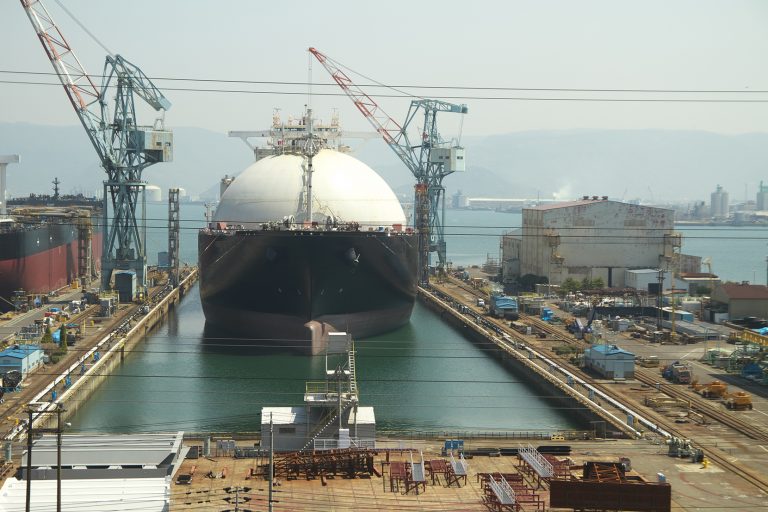
5 Best Practices in LPG Cargo Operations
 LPG Cargo Operations may be comparatively straightforward if the number of cargo types carried is small, for example, only propane and butane. Even then, there is a tendency to neglect best practices and items of cargo equipment that tend to be taken for granted. The nature of the LPG industry is such that commercial opportunities may appear and disappear frequently. Therefore, an awareness of how to be ready to take commercial opportunities will assist in commercial success of the assets available. The source of advise, guidance, and trends within the industry will support this approach.
LPG Cargo Operations may be comparatively straightforward if the number of cargo types carried is small, for example, only propane and butane. Even then, there is a tendency to neglect best practices and items of cargo equipment that tend to be taken for granted. The nature of the LPG industry is such that commercial opportunities may appear and disappear frequently. Therefore, an awareness of how to be ready to take commercial opportunities will assist in commercial success of the assets available. The source of advise, guidance, and trends within the industry will support this approach.
Below are 5 best practices essential in LPG Cargo Operations:
1. Treat the IGC Code and all regulations as a minimum level of requirement.
Commercial success will not be attained through regulatory adherence alone. Treat regulations as the minimum standard of operation because charterers will be looking for evidence of higher standards.
2. Keep advisory publications such as the Tanker Safety Guide (Liquefied Gases) on board and visible to inspectors and ensure the deck officers read and follow the advice.
There are many trade publications which are purely advisory and are not mandatory to carry. It is a false economy to avoid supplying ships with these publications, since it is the presence of such books on ships being inspected which are most likely to impress inspectors. Some vetting guidelines actually list preferred publications which will give ship owners a clue as to which publications to supply.
3. Keep up to date with industry trends and developments, through corporate subscription to the trade press.
These subscriptions are not cheap but owners and operators will be left behind their competition unless they endeavour to keep up to date with developments. Classification Societies and P&I Club membership, both mandatory, will help as these institutions frequently make such information public. Irrespective of the membership, all leading Societies and Clubs will include highly beneficial information, so it is up to the operators to check these sources.
4. Maintain a versatile Certificate of Fitness, in terms of the variety of cargoes that the tanker is certified to carry. Be ready to take advantage of the opportunity to carry more lucrative cargoes.
Commercial success may come in the form of versatility. It is easy (and lazy) to confine your ship’s cargo carrying versatility to a small number of cargoes. As long as the ship’s Certificate of Fitness can be maintained to carry a wide range of cargoes, then options remain greater. If one cargo source disappears, then more may become feasible if the ship’s documentation permits.
5. Ensure cargo conditioning equipment is maintained to the highest efficiency by regular maintenance.
Cargo conditioning equipment includes compressors, condensers and other associated equipment such as vapourisers, heaters, inert gas and nitrogen generators, as well as cargo pumps. They should all be working at maximum efficiency and records of checks and maintenance will be of interest to inspectors.
To know more about the best practices in this industry, you are invited to join PetroKnowledge’s training course entitled Liquefied Petroleum Gas (LPG) Cargo Operations and Re-liquefaction scheduled in Dubai, U.A.E. Take the initiative now and advance your organisation’s commercial viability to the next level!
